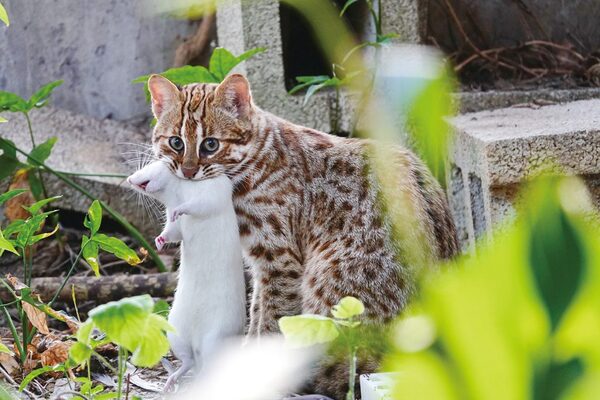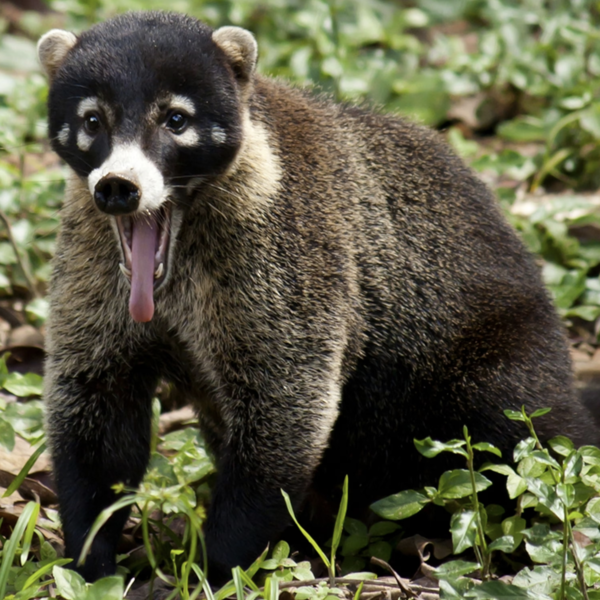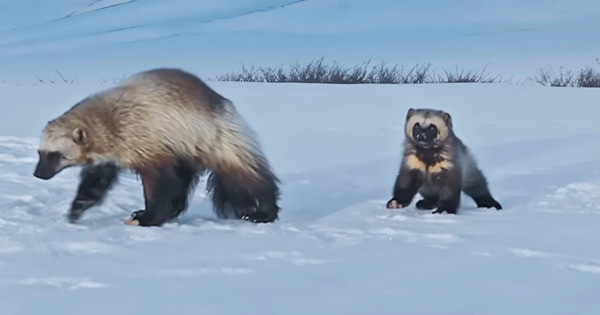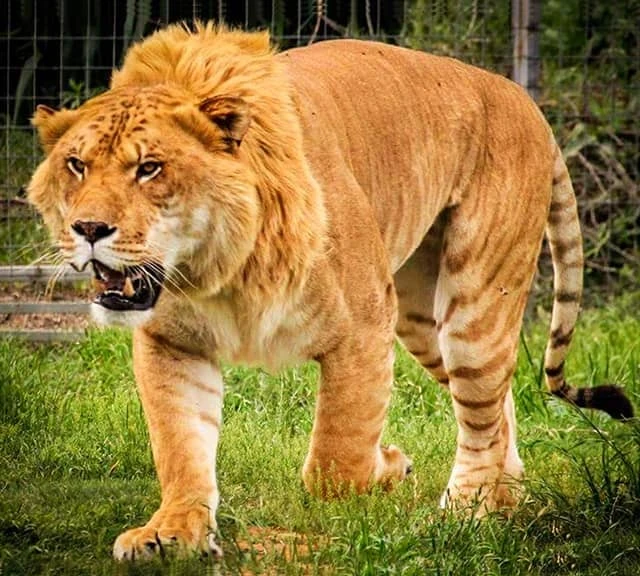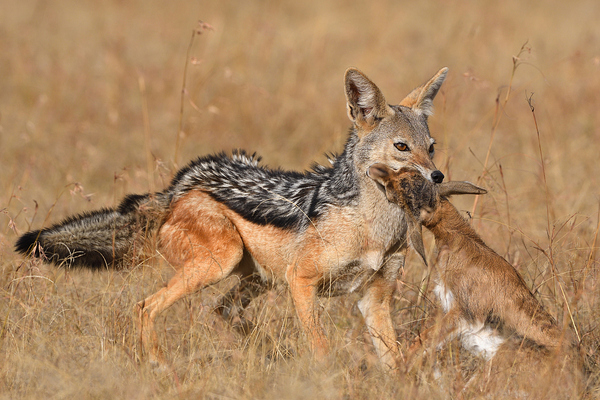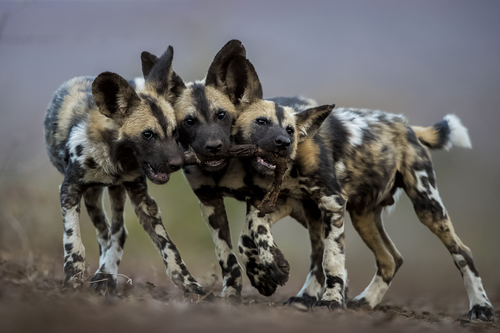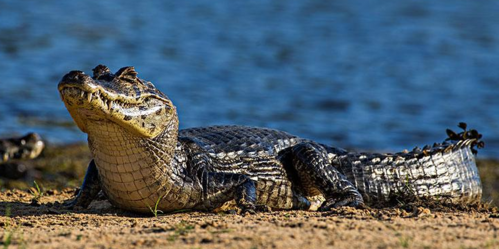American Foxhound
IUCN
LCBasic Information
Scientific classification
- name:American Foxhound
- Scientific Name:
- Outline:Carnivora
- Family:Canidae
Vital signs
- length:53-63cm
- Weight:30-34kg
- lifetime:10-12year
Feature
The dog is alert and sharp, has a keen sense of smell, graceful posture, extremely fast speed, gentle, cute and loyal, and very brave when hunting.
Distribution and Habitat
Originated from the United States
Appearance
The skull of the American Foxhound is long, with a slightly domed occiput. The ears are moderately low and long, pulled up almost to the tip of the nose, fine in texture, fairly wide, almost completely lacking the ability to stand erect and lying close to the head, with the front edge slightly turned inwards towards the cheek, with rounded tips. The eyes are large, widely spaced, brown or light brown, and the muzzle is fairly long, straight and square, with a distinct stop. The throat is clean, without folds of skin, but a slight wrinkle under the corners of the mouth is allowed. The shoulders are sloping, the chest is deep, and the chest circumference of 71 cm is good for a hound 58 cm tall. The ribs are well-sprung, the back is moderately long, the loin is broad and slightly arched, and the tail is moderately high, erect, but not forward on the back, slightly curved, and slightly brushed. The coat is a close-fitting, hard hound coat of moderate length, and the coat color is any color
Details
The American Foxhound originated from the English Foxhound introduced to America in 1650.

The American Foxhound is lighter than the English Foxhound, and they run very fast because the American red fox runs faster than the English fox. In 1770, Washington (President of the United States) ordered some foxhounds from England, and in 1785 he received some excellent French foxhounds as gifts. The French and English foxhounds were crossed to produce the Virginia hound, from which the modern American foxhound was bred.
There are foxhounds in both the United States and the United Kingdom. The American foxhound was improved and bred on the basis of the English foxhound. Around the 13th century, the British used a larger dog to hunt deer. Later, in order to catch foxes, they began to pay attention to improving their running speed, and made corresponding improvements and breeding, which became the English foxhound. Hunting with this dog was once very popular in England. According to the well-known authoritative book on American hounds, the first record of the hound being imported into the United States appeared in the diary of a servant of Desautels. It was further mentioned that this hound was used to chase Indians instead of foxes and hares. From this authoritative book, we learn that in 1650, Robert Brooke sailed to the Cape of Good Hope, bringing with him a large group of English foxhounds, which became the direct ancestors of several American hound bloodlines. In 1742, Mr. Thomas Walker of Albemarle, Virginia, imported the hounds from England, and in 1770, George Washington, the father of the United States, agreed to import hounds from England. He mixed the newly imported foxhounds with the blood of French hunting dogs to produce the American Foxhound, laying the foundation for the American Foxhound. In the 19th, 20th, and 21st centuries, foxhounds gradually formed the American Foxhound through crossbreeding with other hounds. The American Foxhound breed has undergone different changes in different regions, but in the 21st century, the hounds of the American Foxhound Club and the Foxhound Owners Association have made great leaps in developing into a more standardized breed.
The American Foxhound is energetic, docile, approachable, and cheerful. But it also has a strong resistance and must be strictly trained. It is not suitable as a family dog, especially for urban residents. It is energetic and has a charming physique, so it has a strong destructive power and is not easy to raise as a companion dog. Although the breeder has carefully trained the puppy that was born one week ago, it still gives people a feeling of worry.
Protect wild animals and eliminate game.
Maintaining ecological balance is everyone's responsibility!

